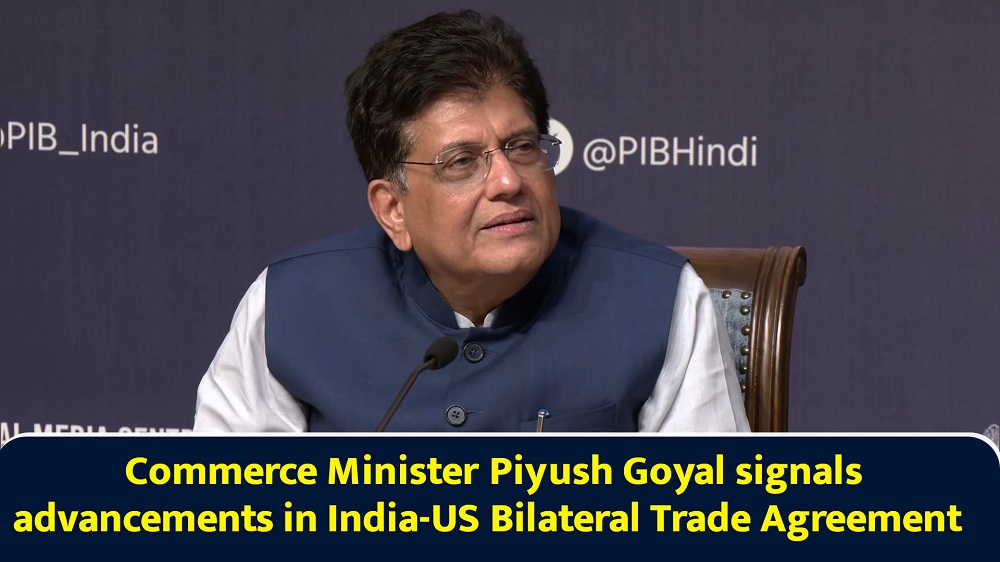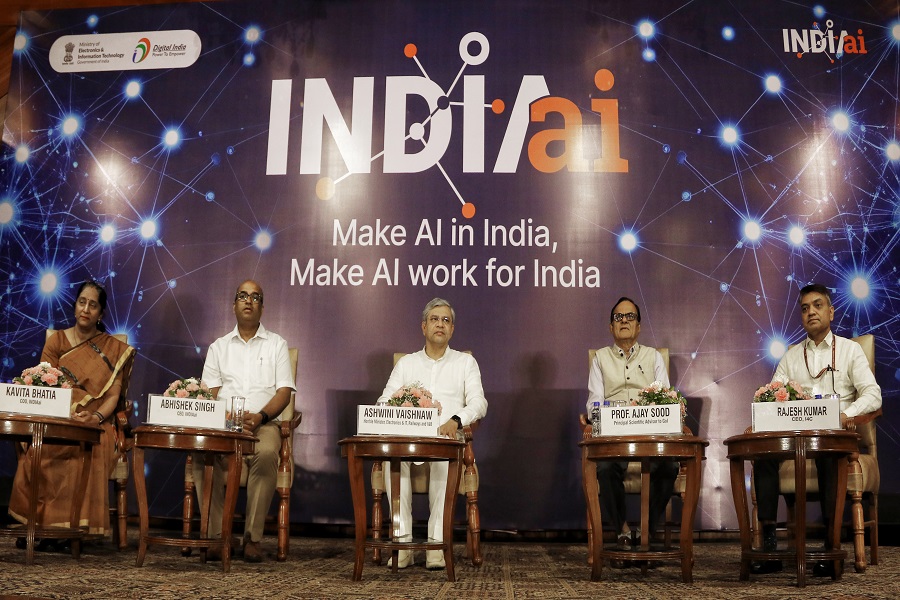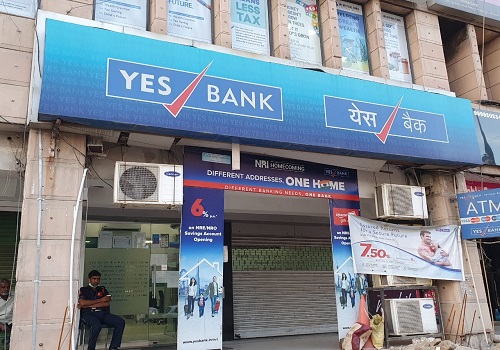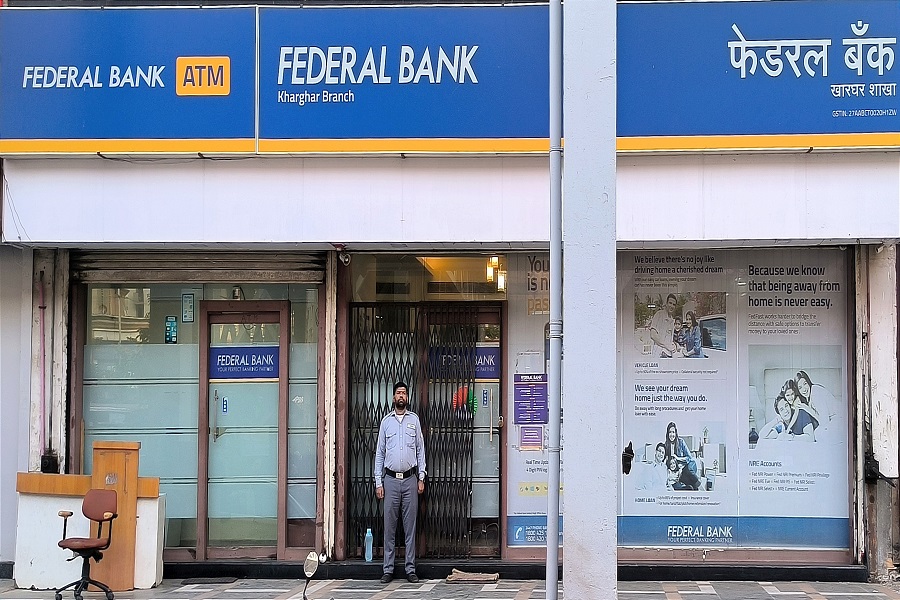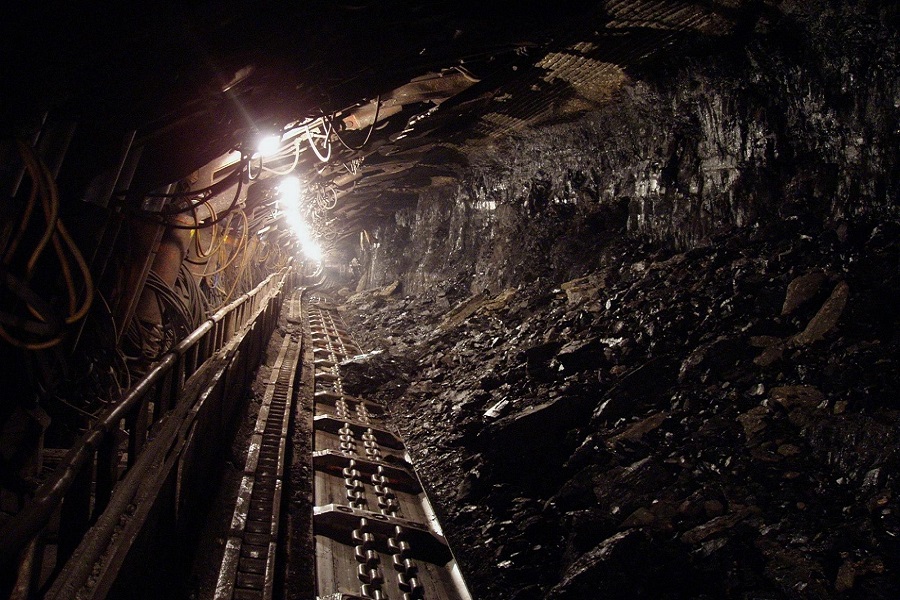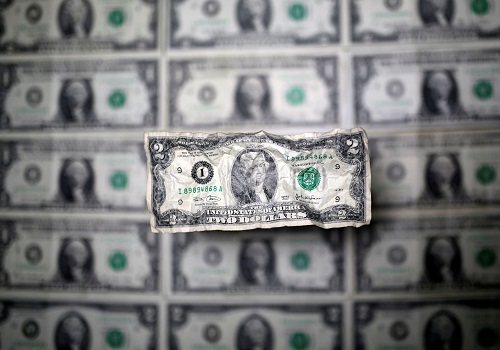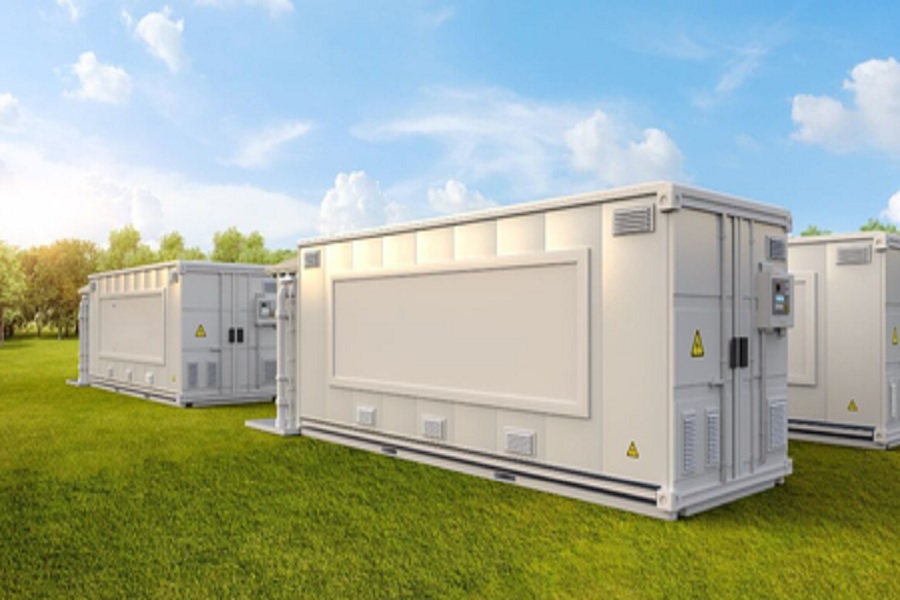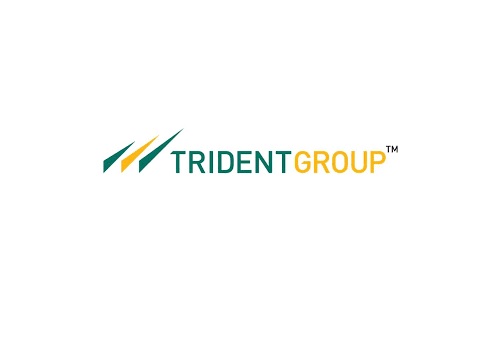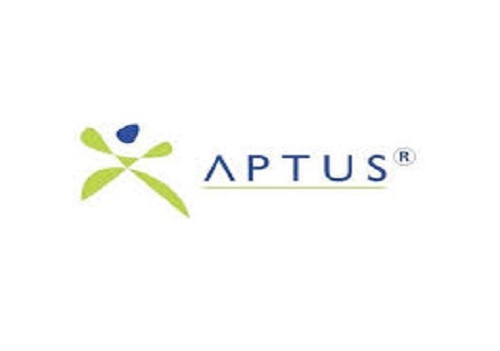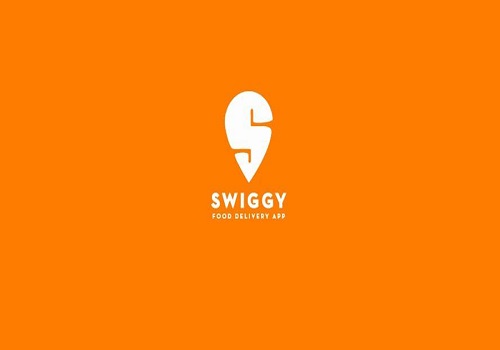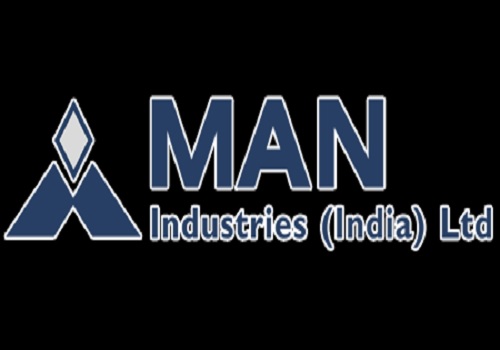Buy Home First Finance Company India Ltd For Target Rs.995 - ICICI Securities
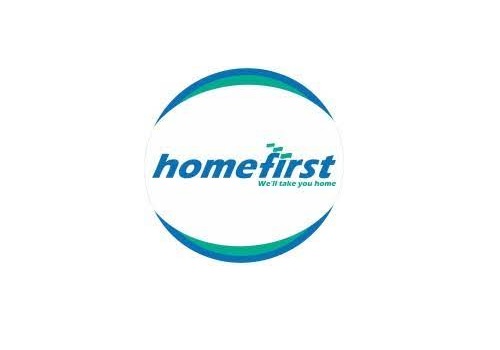
Growth momentum and spreads sustain; registers RoA of 3.8%, RoE of >13%
Home First Finance (HomeFirst) has reported a better than expected Q2FY23 PAT of Rs543mn, up 6% QoQ and 26% YoY (on adjusted PAT), translating to 3.8% RoA and 13.1% RoE. Earnings momentum sustained due to higher NII and non-interest income, partly offset by elevated opex and modest assignment income. Disbursements grew 6% QoQ/36% YoY to Rs7.0bn which supported AUM growth of 8% QoQ/36% YoY to Rs62.8bn. It assigned assets worth Rs857mn and booked assignment income of Rs93mn in Q2FY23. 1+dpd further fell to 4.7% from 5.0% QoQ, 30+ dpd too improved 20bps QoQ to 3.3% and stage-3 also fell 20bps QoQ to 1.9%.
The business momentum seen in H1FY23 improves visibility on HomeFirst being able to register >35% AUM CAGR over FY22-FY4E with stable-to-moderate decline in spreads and contained credit cost. We expect the company to deliver RoAs of ~3.8-3.9% and RoEs of ~13-14% until FY24E. Maintain BUY with an unchanged target price of Rs995 (4.25x FY24E book). Key risks: i) Sourcing as well as collections managed by front-end team, and ii) elevated operating cost.
* Spreads were flat QoQ at 5.8%; incremental spreads relatively lower: Portfolio yield saw 30bps QoQ rise to 13.0% which was offset by 20bps rise in funding cost, thereby, resulting in stable spreads QoQ at 5.8%. Incremental yields in Q2FY23 were 13.4% (13.2% QoQ) and incremental borrowing cost was 8.0% (7.7% QoQ), thereby, suggesting incremental spreads of 5.4% (5.5% QoQ). Movement in spreads would be key to watch out. Company has raised PLR by 25bps in Q2FY23 and is contemplating another raise of ~50bps either in Q3 or Q4. Management indicated that customer demand for its profile is not significantly correlated to interest rates, but competitive intensity is high on incremental loans.
Almost 50% of its borrowings are linked to MCLR and ~10% are linked to EBLR. Increased reliance on bank borrowings, with banks having raised rates, funding cost is expected to rise further going forward. There are some loans of fixed-rate nature due to NHB regulations, but the same are backed by fixed-rate loans from NHB. Post rate transmission, spreads and NIMs are likely to moderate. For HomeFirst, effectively, though the entire book is floating, there could be some lag in rate transmission due to rising competitive intensity.
* AUM growth momentum sustains at 8% QoQ/36% YoY; proportion of LAP rising on a low base: Disbursements grew 6% QoQ/36% YoY to Rs7.0bn. This supported AUM growth of 8% QoQ/36% YoY to Rs62.8bn (compared to 36%/ 30%/ 27% /24% /19% /14% in Q1FY23/ Q4FY22 /Q3FY22/ Q2FY22/ Q1FY22/FY21, respectively).
Focus on housing loans continues and dominates constituting 89% of AUM. However, proportion of LAP on a low base too is rising and is now ~10%. Salaried customers constitute 71% of AUM; 23% are new to credit customers. Incrementally, there is some increase in ticket size now settling on an average at Rs1.09mn. Digital adoption is accelerating; unique users making payment via app was 16.33k, up 50% YoY. Overall, we expect disbursement growth to sustain 35-50% run-rate over FY22-FY24E, thereby, driving AUM growth by 35-38%. Key driving factors: i) Digital adoption in reaching out to customers and channel partners; ii) leveraging technology and rising productivity at existing locations; and iii) increasing market share in Gujarat, Maharashtra, Andhra Pradesh, Karnataka and Telangana (key focus states).
* Assignment income lower QoQ as well as YoY given adequate liquidity buffer: HomeFirst assigned assets worth Rs691mn (Rs802mn QoQ and Rs1.27bn YoY) and has booked assignment income of Rs93mn in Q2FY23 (Rs99mn QoQ and Rs171mn YoY). Post its first-ever transaction under the co-lending tie-up and assignment via co-lending in Q1FY23 of Rs77mn, the company did further co- lending of Rs166mn during Q2. Given adequate liquidity buffer, assignment in H1FY23 has been lower than recent history, though it will continue to actively explore this source of borrowing to optimise capital usage, reduce leverage and improve the cost of funds. We now expect ~15-20% of disbursements to be assigned / securitised over FY23E/FY24E, which will generate income to the tune of ~13-15% of revenue and ~20-23% of operating profit.
* Gross stage-3 down 20bps QoQ and 1+ DPD down 30bps QoQ: Gross stage-3 was 1.9% vs 2.1% QoQ which included 80bps (vs 90bps QoQ) impact due to the RBI circular released in November 2021. 1+dpd settled lower at 4.7%, which is nine- quarter low (5.0%/ 5.3%/ 6.5%/ 7.6%/ 8.9%/ 6.2% /4.4% in Q1FY23/ Q4FY22/ Q3FY22/ Q2FY22/ Q1FY22/ Q4FY21/ Q4FY20) and dpd 30+ too improved 20bps QoQ to 3.3% (3.5%/ 3.7%/ 4.7%/ 5.2%/ 5.7%/ 4.1% /2.0% in Q1FY23/ Q4FY22/ Q3FY22/ Q2FY22/ Q1FY22/ Q4FY21/ Q4FY20). Collection efficiency has improved a tad to 98.5% in Sep’22 vs 98.4% in Jun’22. Bounce rates rose QoQ to 15.1% Oct’22 (from 15.6%/ 14.0%/ 14.5% /15.7% /16.5% /18.3% in Q1FY23/ Q4FY22/ Q3FY22/ Q2FY22/ Q1FY22/ Q4FY21).
Increase in bounce rates was industry phenomena, in line with the NPCI industry data. Moreover, immediately after the bounce payment, most customers paid via UPI in 2-3 days and are now comfortable doing so with UPI. Hence, this looks more of a behavioural change since rise in bounce rates is not translating into higher DPD buckets. Furthermore, if company incudes UPI payments, then bounce rates would be back to normalised levels.
Overall, 1+dpd has seen remarkable improvement over the past few quarters. As a medium-term strategy, HomeFirst is looking to change its collection intensity from 61-90 dpd bucket to 31-60 dpd and will also focus on keeping roll-forward rates low. We expect the revised NPA classification to take few more quarters to normalise,which would eventually lead to convergence to steady-state stage-3. Excluding pre- RBI classification, stage-3 is at 1.1%, which is close to pre-pandemic levels. Overall, we expect stage-3 to settle at 1.9%/ 1.6% in FY23E/FY24E, respectively.
* Credit cost at >30bps in Q2FY23: Credit cost came in lower at Rs50mn, equivalent to 33bps annualised vs 26bps QoQ and 30bps YoY as it inched up coverage on stage-3 by 400bps QoQ to 26.4%. It has maintained coverage of 11.3% (11.6% QoQ and 12.1% YoY) on stage-2 and 0.3% (0.3% QoQ and 0.4% YoY) on stage-1 assets. Overall ECL provisions to outstanding loans stand at 1.0% (flat QoQ and 1.3% YoY). We now build in credit cost of 37bps / 48bps for FY23E / FY24E, respectively.
* Opex to assets at 3.1% vs 2.9% QoQ: HomeFirst added 46 employees during Q2FY23 and 145 during the past 12 months taking the base to 951 employees. It rolled out 8 branches, thereby, crossing the milestone of 100 branches, increasing presence to 10 more districts (112 now vs 102 QoQ) with 25 more touch points to 249. The company is looking to end the year with ~110 branches, suggesting the addition of another 9-10 branches in H2FY23. Operating expenses were elevated and higher than anticipated, which grew 14% QoQ/ 47% YoY resulting in an opex- to-assets ratio of 3.1% vs 2.9% QoQ. Delta in QoQ operating expenses flowed from travel, admin expenses due to frontloading of branches and higher legal and professional fees on origination. Liquidity levels have improved to Rs11,686mn from Rs8,040mn QoQ, largely due to rise in unavailed sanction limit from banks.
To Read Complete Report & Disclaimer Click Here
Please refer disclaimer at https://yesinvest.in/privacy_policy_disclaimers
SEBI Registration number is INZ000185632
Above views are of the author and not of the website kindly read disclaimer


